Lymphoproliferative disorders - cancer-like conditions caused by immunodeficiency
16 June 2023
This essay discusses lymphoproliferative disorders, a cancer-like condition often caused by immunodeficiency, which is a weakening or suppression of the immune system.
The essential points are:
Lymphoproliferative disorders are disorders of lymphocytes typically due to immunodeficiency, with features suggestive but not diagnostic of cancer.
They are often associated with infection by Epstein-Barr virus (EBV), a virus that is typically held in check by an intact immune system. When the immune system is suppressed, typically by drugs given to treat other conditions, EBV causes these lymphoproliferative disorders.
Lessening the dose of these drugs may be effective to treat the lymphoproliferative disorder, although it may make worsen the original condition.
Lymphoproliferative disorders:
This category of diseases includes entities with different causes, clinical features and treatments but all have uncontrolled production of lymphocytes, a type of white blood cell.
Technically, all lymphomas, multiple myeloma and some leukemias are lymphoproliferative disorders (because they have uncontrolled production of lymphocytes), even though they are definitely malignant (cancer). However, many clinicians, and this essay, uses this terminology only for diseases that have features suggestive but insufficient for a diagnosis of cancer.
Some lymphoproliferative diseases are called primary immunodeficiency disorders because germline mutations (i.e. those present at birth) cause alterations to the immune system.
The most common causes of immunosuppression are:
Transplants: patients with heart, lung, kidney, liver, bone marrow or other transplants are given immunosuppressive drugs to reduce rejection of the transplant.
Autoimmune diseases: these diseases, including lupus, type 1 diabetes, multiple sclerosis, rheumatoid arthritis and inflammatory bowel disease, are inherently associated with a reduced ability to fight infections.
Drugs: treatment for autoimmune or other diseases, such as methotrexate or other immunosuppressive drugs, works by weakening an altered immune system that itself is causing disease. However, they also alter the “good” effects of the immune system in attacking viruses such as EBV.
HIV is now an uncommon cause of immunosuppression because it is relatively easy to treat effectively.
Electron microscopic image of two Epstein Barr Virus viral particles, by Liza Gross - (2005)
Epstein Barr virus
Epstein-Barr virus (EBV) infects 95% of the adult population worldwide through oral secretions and is also associated with an astounding 2% of cancer deaths worldwide, primarily gastric cancer (48% of EBV cancer deaths) and nasopharyngeal carcinoma (44% of EBV cancer deaths).
It also causes most lymphoproliferative disorders as well as many types of lymphoma.
It acts by stimulating the growth of the B subset of lymphocytes (B cells).
EBV is normally held in check by an intact immune system, but EBV causes lymphoproliferative disorders when the immune system is suppressed, typically by using drugs to treat other conditions.
The images below (source 1, source 2) are from lymphoproliferative disorders due to immunosuppression and demonstrative widespread proliferation of lymphocytes and other inflammatory cells.
Low power view of lymph node showing architectural distortion (i.e. loss of the normal structure due to the uncontrolled proliferation of inflammatory cells due to EBV infection).
This biopsy from the rectum shows the destruction of normal tissue and its replacement by a mixture of lymphocytes (large and small), plasma cells and histiocytes (macrophages). Unlike lymphomas, there are no distinct malignant lymphocytes.
This high power view shows small to medium lymphocytes plus some immunoblasts, which are lymphocytes that have become activated and appear as large cells with high nuclear-cytoplasmic ratios, condensed chromatin and deeply basophilic cytoplasm.
High power magnification shows a mixture of small mature lymphoid cells, plasma cells, occasional eosinophils and immunoblasts (intermediate to large sized cells with open, vesicular chromatin and prominent nucleoli).
This image shows a mixture of small and medium lymphoid cells mixed with immunoblasts and Hodgkin / Reed-Sternberg (HRS) cells. In this case, it can be difficult to determine the diagnosis (Hodgkin lymphoma or not).
This image shows a positive molecular test for the EBV virus (EBER in situ hybridization). The dark pink cells are larger immunoblasts and smaller lymphocytes infected with EBV.
The classification of these disorders is complex and constantly changing. In fact, there are now 2 competing classifications, as described here, because hematopathologists cannot agree!
The treatment of these disorders is often to reverse the immunosuppression. If that is ineffective, chemotherapy similar to that used in lymphomas may be used. There is currently no vaccine and no effective treatment for EBV itself.
It is important to note that the best way to strengthen the immune system is with a healthy lifestyle. Our immune system is highly sophisticated and influenced by an “ideal balance of many factors, not just diet, and especially not by any one specific food or nutrient. . . Megadose supplements do not appear justified, and can sometimes be harmful or even suppress the immune system (e.g., as with zinc).”
Index to Nat’s Substack articles
If you like these essays, please share them with others.
Follow me on Substack or LinkedIn or through our Curing Cancer Newsletter.
Follow our Curing Cancer Network on LinkedIn and Twitter. Twice a week we post interesting cancer related images of malignancies with diagnoses.
Latest versions of our cancer related documents:
American Code Against Cancer (how you can prevent cancer)
Email me at Nat@PathologyOutlines.com - unfortunately, I cannot provide medical advice.
I also publish Notes at https://substack.com/note. Subscribers will automatically see my notes.

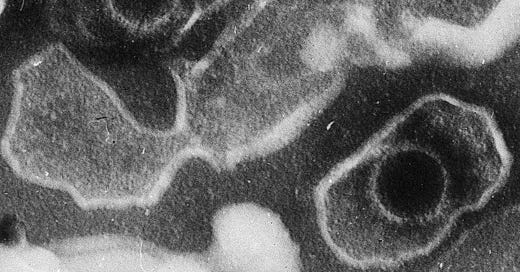



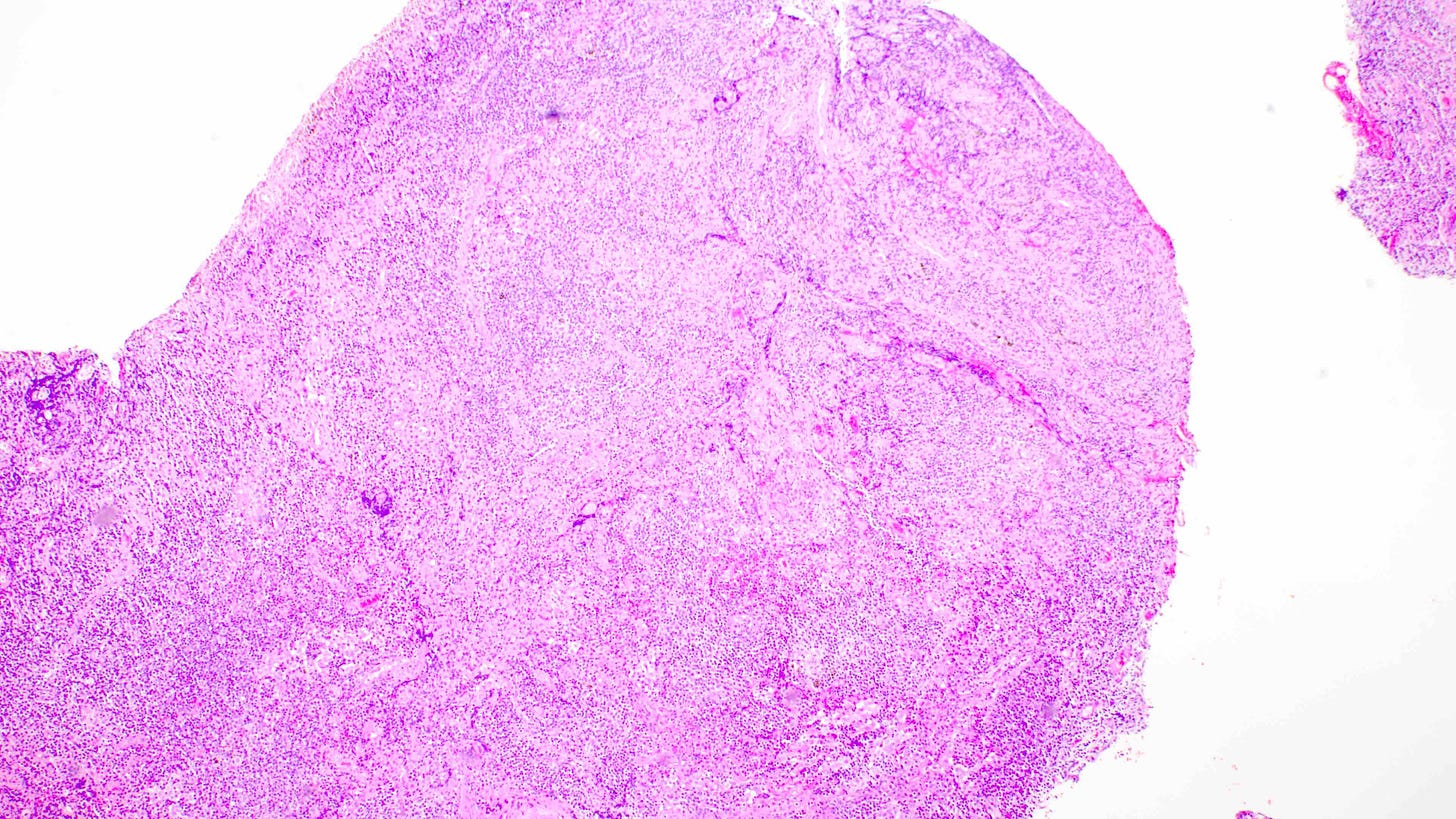

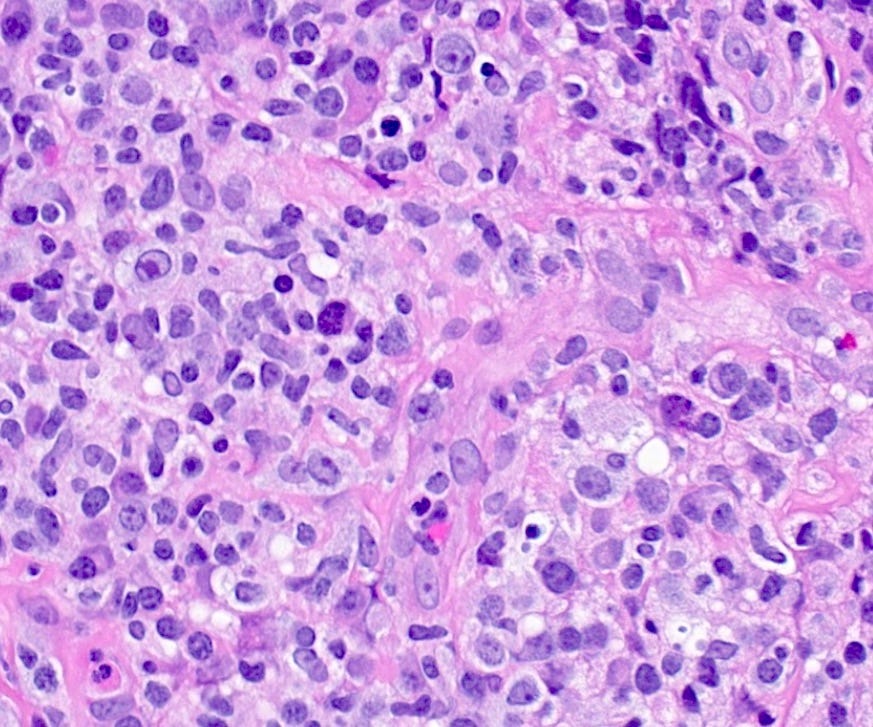
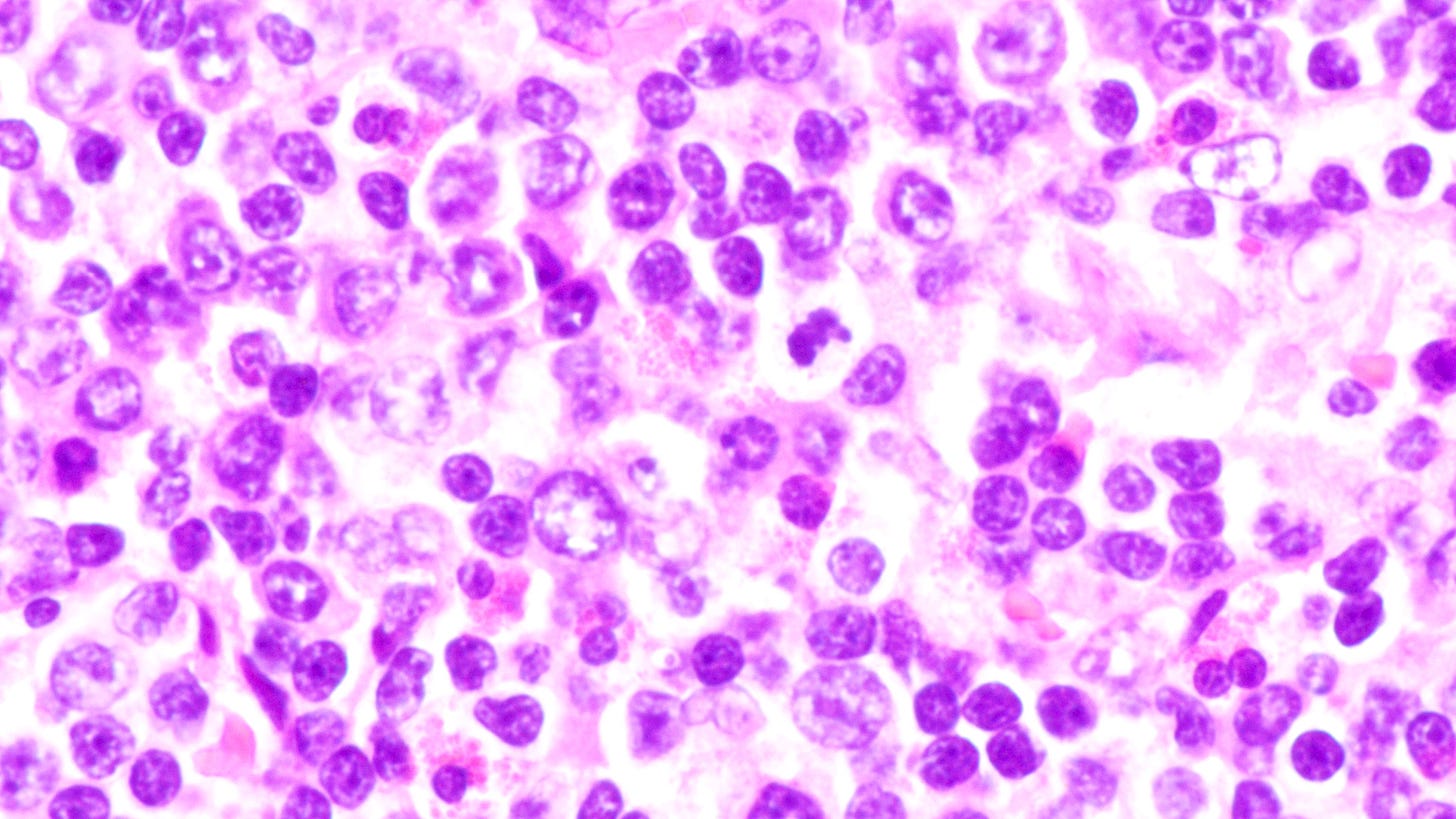
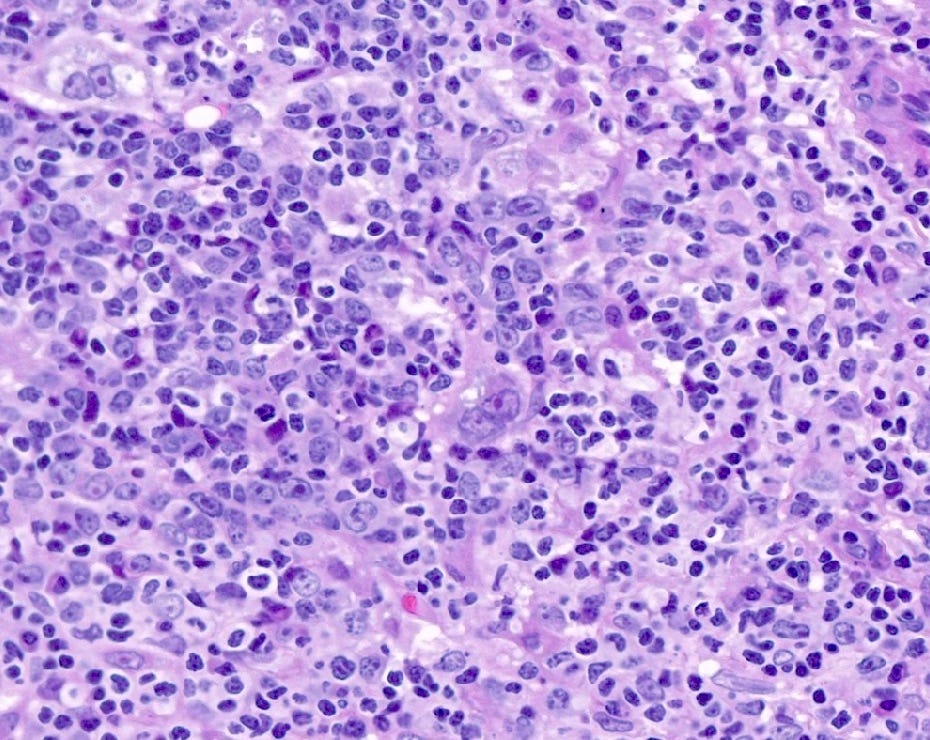
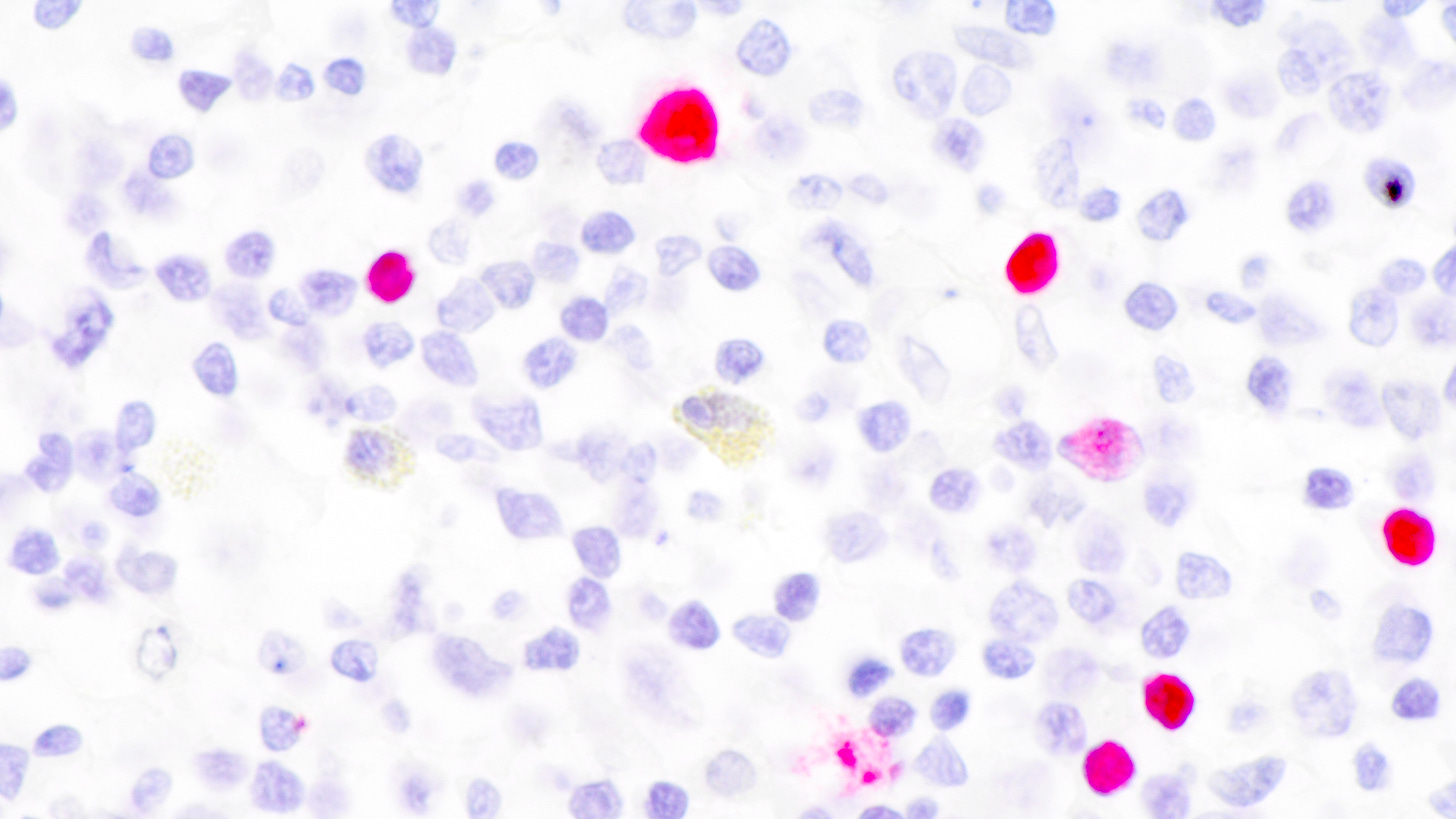
This is an excellent note on immunosuppressive drugs / life style, leading to lymphoproliferative disorder